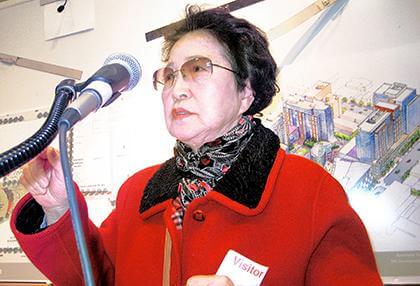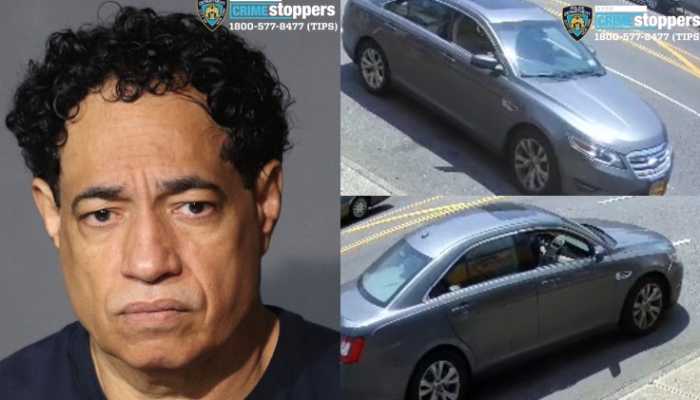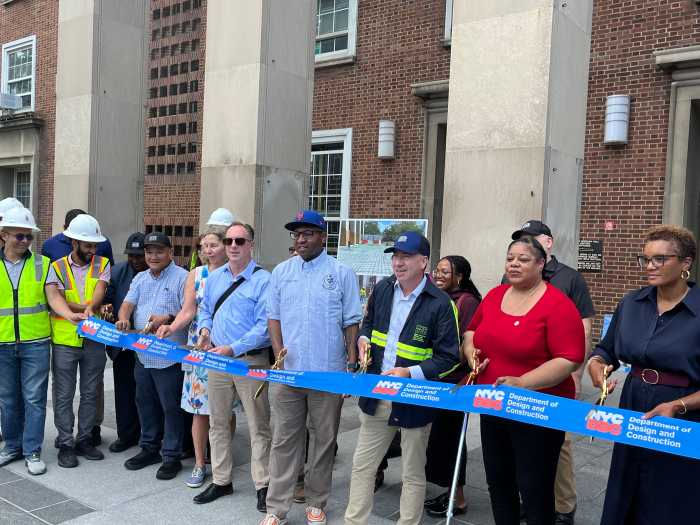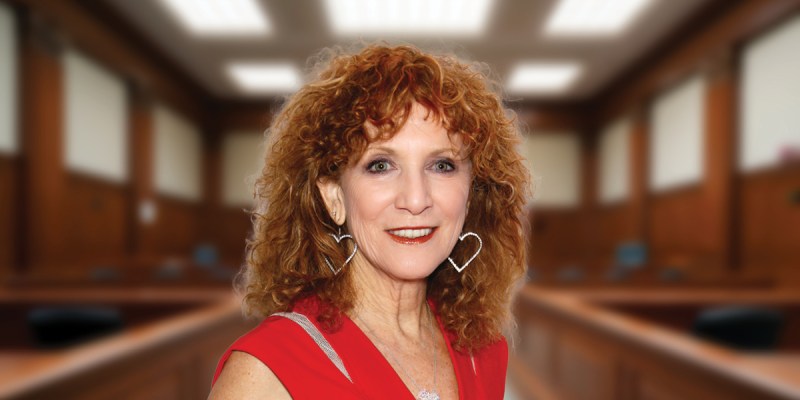By Connor Adams Sheets
More than 100 people packed the city Planning Commission’s Manhattan hearing chamber and adjacent rooms last week in order to speak their minds about Flushing Commons, a more than $800 million, mixed-use development project proposed for downtown Flushing.
The commission’s May 12 public hearing on the project drew dozens of supporters and opponents, who spent several hours expressing their views.
Carolee Fink, the city Economic Development Corp.’s project manager for Flushing Commons, used her testimony to answer several questions which have long been on the minds of Flushing residents concerned about the project.
She told attendees that although the city originally promised former City Councilman John Liu that parking rates at Flushing Commons would be capped into perpetuity, “it’s in the developer’s interest to have a very competitive parking rate scale.”
She also explained why there is no movie theater included in the final plans.
“It’s a huge loss to everyone not to have a cinema, including the developer, who wanted to include one,” she said.
Architectural, space and financial concerns made it impossible to include both a YMCA and a theater, she said, and the developer chose to go with the YMCA for its community benefit.
The commission will be the last body to review the project before it goes before the Council, which has final approval on such construction.
The arguments on both sides mostly followed the same pattern as the public hearings before Community Board 7 and Borough President Helen Marshall, who both used their non-binding votes to recommend the project with certain stipulations.
But the intensity level was higher last week since the stakes have increased for both sides because the Planning Commission has the ability to halt the project, which will replace Municipal Lot 1, which is between 37th and 39th avenues between 138th and Union streets.
Michael Meyer, president of TDC Development, the developer, couched his arguments in favor of the plan in grand terms, describing Flushing Commons as the change downtown Flushing has been waiting for.
“It’s important to bear in mind that the Flushing of 2010 is not the Flushing of 1954, when it was more of a suburb of Manhattan and the municipal lot was basically a park-and-ride for commuters,” he said. “The time to transform Flushing is now.”
Several Korean merchants and residents, many of whom rode together into Manhattan on a bus from Flushing, were brought to tears during the proceedings, warning that the project and what they describe as its insufficient parking would crush their small businesses.
“There are so many places to develop, but this place is already booming. Why did you choose this place to develop?” asked Park Soon, who owns a business near the municipal lot and is concerned about parking but was dry-eyed during his testimony, which was translated from Korean. “We are paying enough taxes. Please don’t destroy our businesses.”
In the end, the commission did not indicate how it plans to vote on the project, which it must do within 60 days, but Commissioner Angela Battaglia suggested that attendees’ efforts both for and against the plan were not in vain.
“It’s never over until it’s over,” she said.
Reach reporter Connor Adams Sheets by e-mail at csheets@cnglocal.com or by phone at 718-260-4538.


































